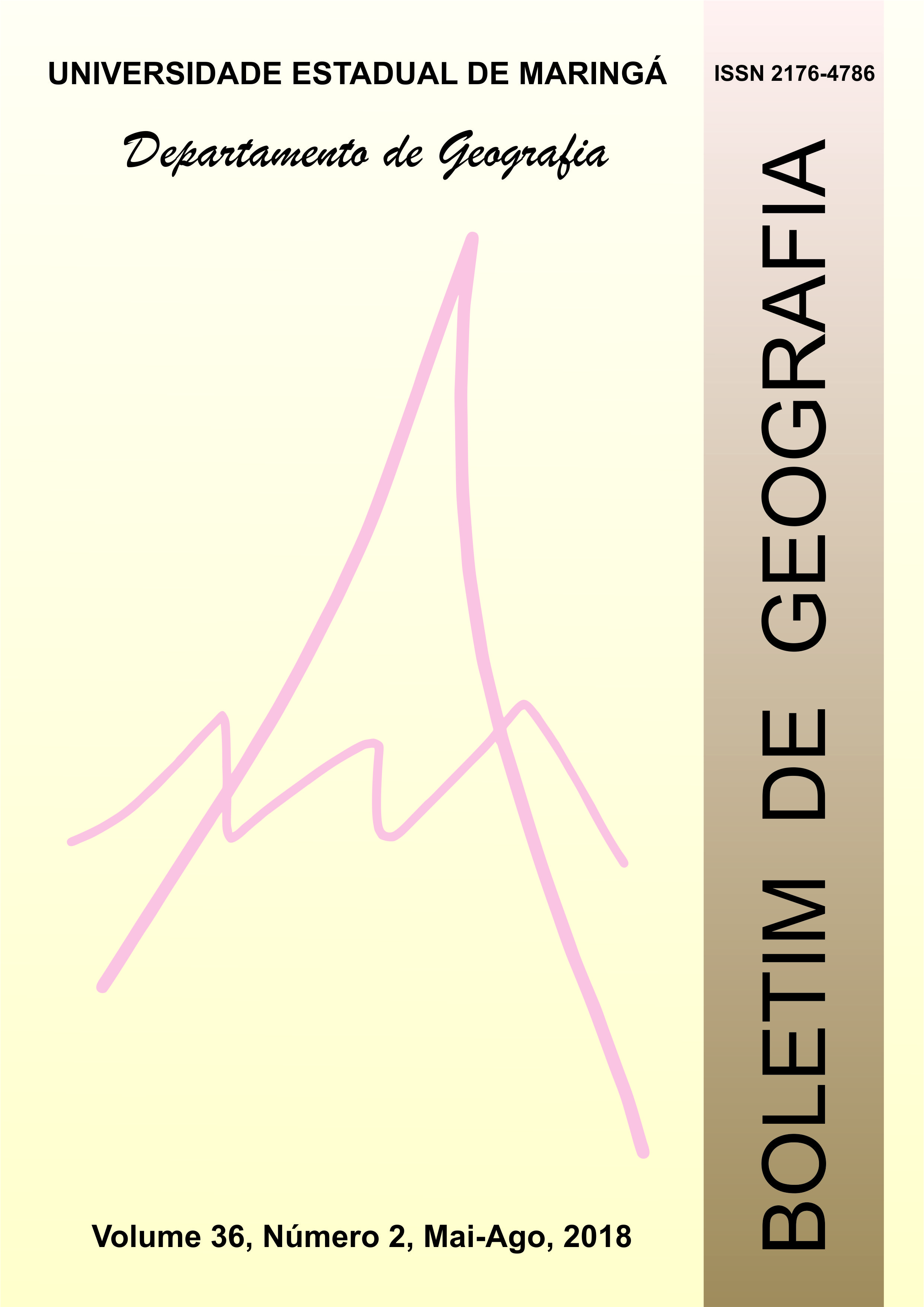IMPACTS IN REGIONAL SOCIOECONOMIC STRUCTURE DUE TO FORESTRY IN PARAÍBA VALLEY – USING REMOTE SENSING
Resumo
The growth of forestry, mainly eucalyptus, driven by the industry demand for pulp and paper, has significantly changed the landscape around the globe. The so-called agroforestry systems have the advantage of reducing pressure on native forests in different regions of the world. However, this practice can bring impacts to the environment, and contribute to the intensification of agrarian conflicts. The aim of this research is to expose the intrinsic relationship between the dynamic of the forestry expansion in the São Paulo area of the Paraíba Valley, one of the largest agro-producing regions in Brazil, and the regional socioeconomical structure. These results may support further studies in order to define the possibilities and limitations of this type of economic use. With the use of remote sensing techniques using Landsat satellite images, we measured the areas planted with eucalyptus in the study area (Paraíba Valley) between 1986 and 2010. This area was pioneer in this kind of forestry and still is one of the largest producers while still expanding. In the period studied, among positive and negative variations, the planted area increased from approximately 55,000 ha in 1986 to more than 60,000 ha in 2010. This change was driven by industrial demand, as shown by the IBGE data.Downloads
Não há dados estatísticos.
Publicado
2018-08-15
Como Citar
NEVES, O. M. DOS S.; CARRIELLO, F.; RODRIGUEZ, D. A.; REZENDE, F. S. DE. IMPACTS IN REGIONAL SOCIOECONOMIC STRUCTURE DUE TO FORESTRY IN PARAÍBA VALLEY – USING REMOTE SENSING. Boletim de Geografia, v. 36, n. 2, p. 121-133, 15 ago. 2018.
Edição
Seção
Artigos científicos
O Boletim de Geografia está licenciado através da Creative Commons Atribuição 4.0 Internacional (CC BY 4.0).
Autores que realizam submissões ao Boletim de Geografia concordam com os sequintes termos:
- Autores retêm todos os direitos autorais e concedem à Revista direitos exclusivos da primeira publicação, com o artigo licenciado sob os termos da Creative Commons Atribuição 4.0 Internacional (CC BY 4.0).
- Após a publicação, fica permitido ao autor a republicação em qualquer outros meios de divulgação, desde que mencionada a fonte original.












